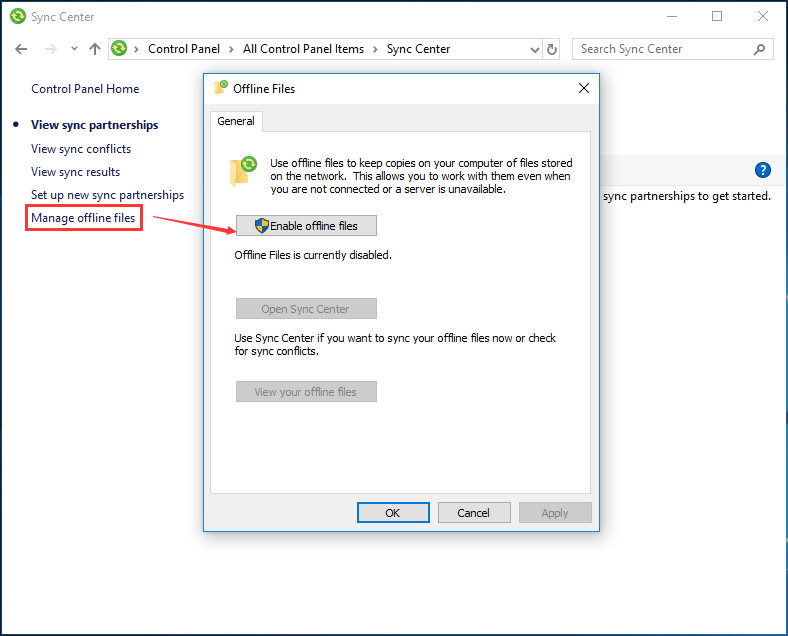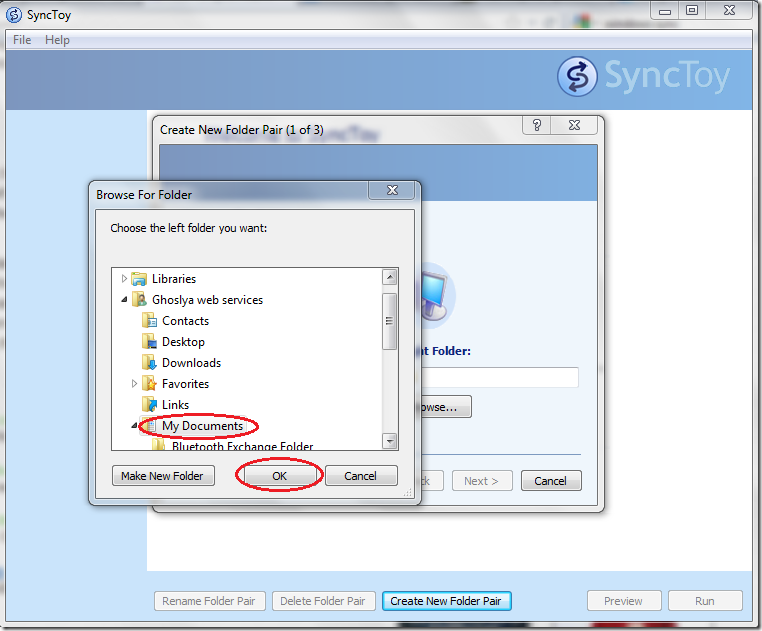


Stand-alone namespaces support up to 50 000 folder targets, and are generally deployed when you can not deploy a domain-based namespace in Windows 2008 mode, due to the domain not being at required functional level. That server can be a stand-alone server, a member server or a domain controller. The metadata for this type of namespaces is not stored in Active Directory, and they can only be hosted by a single server. ⇒ Requires that the Active Directory forest functional level is minimum Windows Server 2003 ⇒ Requires that the domain hosting the namespace must be at minimum Windows Server 2008 domain functional level There are two different modes you can deploy domain-based namespaces in, Since the metadata is stored in AD DS, users can browse to the namespace by using the Netbios or FQDN of the domain, such as for example \\\Public, and they don’t have to know the name of the namespace servers hosting the namespace. Domain-based namespaces can be hosted on a member server or a domain controller in the same domain in which the namespace is configured. In other words, multiple servers can host the same namespace. The metadata for this type of namespaces is stored in Active Directory Domain Services, and they are deployed when there is a need to ensure that the namespace remains available, even if one of the servers hosting the namespace is offline. There are two types of DFS namespaces that you can create on Windows Server 2012 R2, ♦ Folder targets – A folder target points to a shared folder on one or many servers. ♦ Folder – Empty folders, ie those without a folder target, can be used to structurize the namespace. In the picture above, the name of the root is Public, and the path is \\\Public ♦ Namespace root – The root is the starting point of the namespace. ♦ Namespace server – The server that hosts the namespace. So instead of creating drive maps for multiple servers and their shares, you can simply create a drive map to the namespace, under which users will find the different shares.Ī DFS namespace consists of the following 4 elements, A namespace functions as a “links” page that points the clients to the particular server or servers where the different shares reside. Namespaces are shares under which you can group shared folders from different servers on your network. Distributed File System Namespaces (DFS-N)ġ.3 Adding Namespace Server to the Namespaceġ.4 Adding a DFS-N Folder with Folder Targetsġ.5 Configuring the properties of a DFS-N rootġ.6 Additional Configuration options for DFS-N
Folder sync windows server 2012 how to#
In this blog post we will review Distributed File System Namespaces, and then look at how to install and configure DFS-N on Microsoft Windows Server 2012 R2.ġ. Distributed File System Namespaces and Distributed File System Replication. The Distributed File System on Windows Server 2012 R2 consists of two components.


 0 kommentar(er)
0 kommentar(er)
